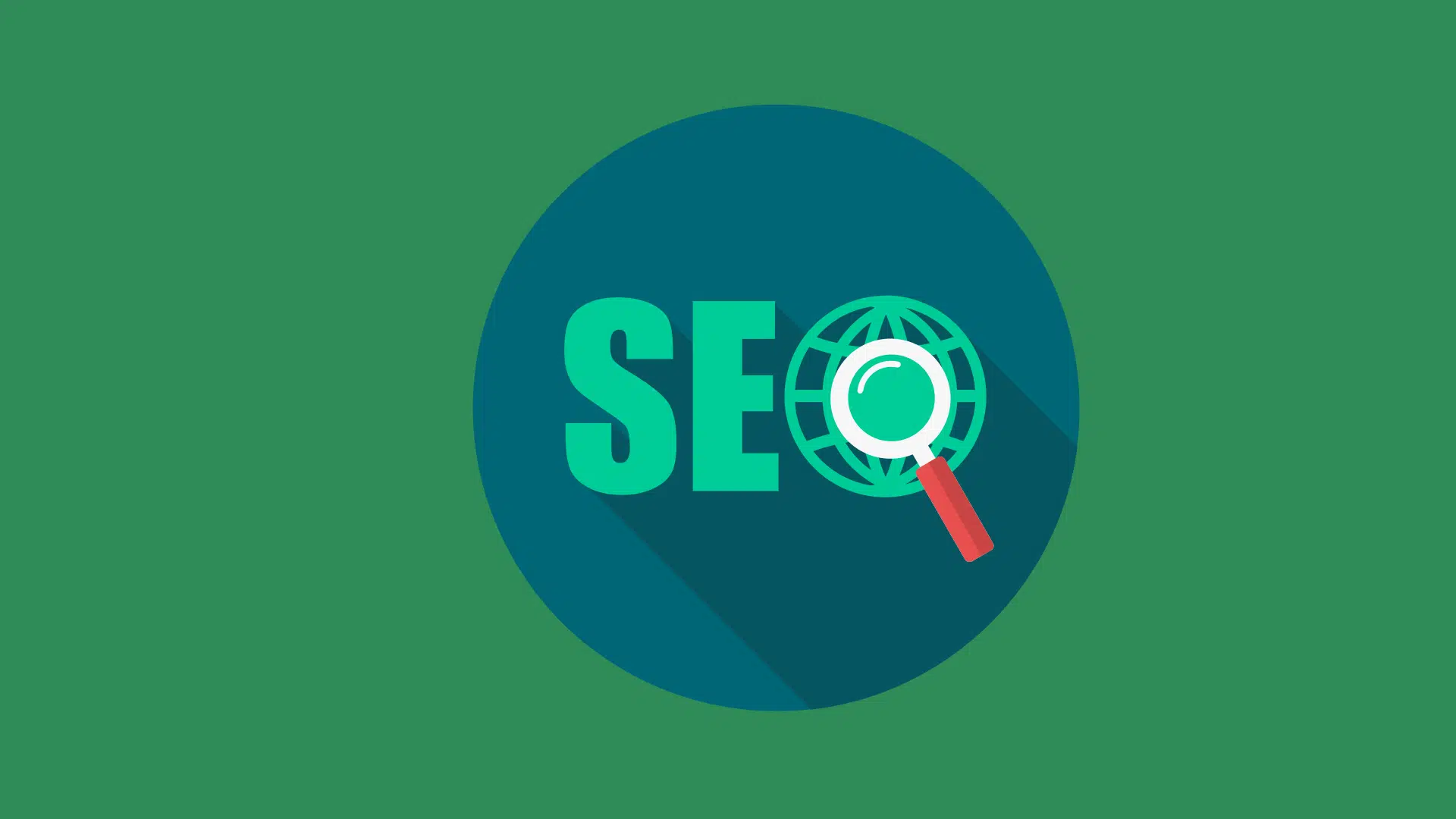
So, your website loads in under two seconds—congratulations! You’ve checked your PageSpeed Insights score, and it’s green across the board. That means your SEO is perfect, right? Not so fast.
While speed is a crucial ranking factor, it’s just one piece of the SEO puzzle. A lightning-fast website can still struggle to rank if it lacks mobile optimization, structured data, or a solid internal linking strategy. Google’s algorithms go beyond just speed—they analyze usability, engagement, and overall experience.
In this guide, we’ll break down how to assess your site’s SEO-friendliness beyond just speed tests. By the end, you’ll know whether your website is truly optimized for search engines—or just fast.
Research-Backed Insights
Website speed plays a role in SEO, but it’s not the only factor Google considers. Other key elements, such as Core Web Vitals, mobile usability, structured data, and on-page SEO, are just as critical. Let’s dive into each.
Core Web Vitals and SEO
Google’s Core Web Vitals (CWV) measure how users experience your website. They focus on three main metrics:
- Largest Contentful Paint (LCP): Measures how quickly the biggest visible content (e.g., an image or heading) loads. Aim for under 2.5 seconds.
- First Input Delay (FID): Gauges how quickly your site responds to a user’s first interaction (e.g., clicking a button). A good score is below 100ms.
- Cumulative Layout Shift (CLS): Measures how stable your page elements are while loading. Pages that shift suddenly frustrate users. A score below 0.1 is ideal.
Ignoring these factors can lead to high bounce rates—even if your page loads fast. Google prioritizes sites that not only load quickly but also provide a smooth, interactive experience.
Mobile Usability and Indexing
Google switched to mobile-first indexing, meaning it primarily crawls and ranks the mobile version of your website. Even if your desktop site is flawless, a poorly optimized mobile experience can tank your rankings.
Key mobile SEO factors include:
- Responsive design: Your site should adapt seamlessly to different screen sizes.
- Tap targets: Buttons and links should be easy to click without zooming.
- Viewport settings: Ensure your meta viewport tag is correctly set.
- No intrusive interstitials: Google penalizes sites with pop-ups that block content.
Not sure if your site is mobile-friendly? Google’s Mobile-Friendly Test can give you an instant evaluation.
Structured Data and Search Visibility
Even if your site is fast and mobile-friendly, Google needs context to rank it correctly. That’s where structured data (schema markup) comes in.
Structured data helps search engines understand your content better, leading to richer search results like:
- FAQs appearing directly in search results
- Star ratings for product pages
- Breadcrumb navigation enhancing click-through rates
By adding schema markup (like JSON-LD), you increase your chances of ranking higher and getting more organic clicks.
Practical Step-by-Step Tips
How can you test and improve your website’s SEO beyond just speed? Follow these steps.
Step 1: Test with Google Search Console
Google Search Console (GSC) provides insights into:
Indexing issues: Check the “Coverage” report to ensure Google is indexing all important pages.
Enhancements: The “Page Experience” report highlights Core Web Vitals, mobile usability, and structured data issues.
Search performance: See which pages rank well and identify opportunities for improvement.
If Google isn’t indexing your site properly, no amount of speed optimization will help.
Step 2: Use Lighthouse and PageSpeed Insights
Beyond measuring speed, Google’s Lighthouse tool provides an SEO audit with scores based on:
- Metadata optimization (title tags, meta descriptions, alt text)
- Crawlability and structured data implementation
- Mobile performance and best practices
A strong SEO score in Lighthouse means your site is not just fast, but fully optimized for search engines.
Step 3: Optimize Internal Linking and Metadata
Internal links and metadata tell search engines which pages are most important on your site.
Best practices include:
- Use descriptive anchor text for internal links (e.g., “best dog food brands” instead of “click here”).
- Ensure every page has a unique, keyword-optimized meta title and description.
- Prioritize high-authority pages by linking to them from multiple places within your site.
This strengthens your site’s overall SEO structure and helps search engines understand relationships between pages.
Step 4: Check for Broken Links and Redirects
Broken links and improper redirects damage both user experience and SEO.
Use Screaming Frog or Ahrefs Site Audit to scan for 404 errors.
Set up 301 redirects for any removed or outdated pages.
Avoid redirect chains, as they slow down crawling and dilute ranking power.
Even a fast-loading site won’t perform well if Google encounters too many dead ends while crawling it.
Common Mistakes to Avoid
Think a high PageSpeed score is enough? Here are common SEO mistakes that could still hold you back:
Focusing only on speed metrics – Speed matters, but Google ranks based on experience, not just load times.
Ignoring structured data – Without schema markup, you miss out on rich search results that improve CTR.
Neglecting mobile optimization – If your site isn’t mobile-friendly, Google will demote your rankings.
Overlooking internal linking – Poor linking structure can confuse search engines and weaken rankings.
Skipping SEO audits – Regularly check Google Search Console, Lighthouse, and Ahrefs for SEO issues.
Speed is just one ranking factor—SEO-friendliness requires a more holistic approach.
Conclusion
A fast website isn’t automatically SEO-friendly.
To rank higher and attract more organic traffic, you need to focus on:
Core Web Vitals for a better user experience
Mobile optimization for Google’s mobile-first indexing
Structured data to enhance search visibility
Strong internal linking and metadata optimization
Fixing broken links and redirects to maintain site health
Don’t just rely on speed tests—perform a full SEO audit to ensure your website is truly optimized.
Want to boost your rankings? Start by checking your site with Google Search Console and Lighthouse today!
